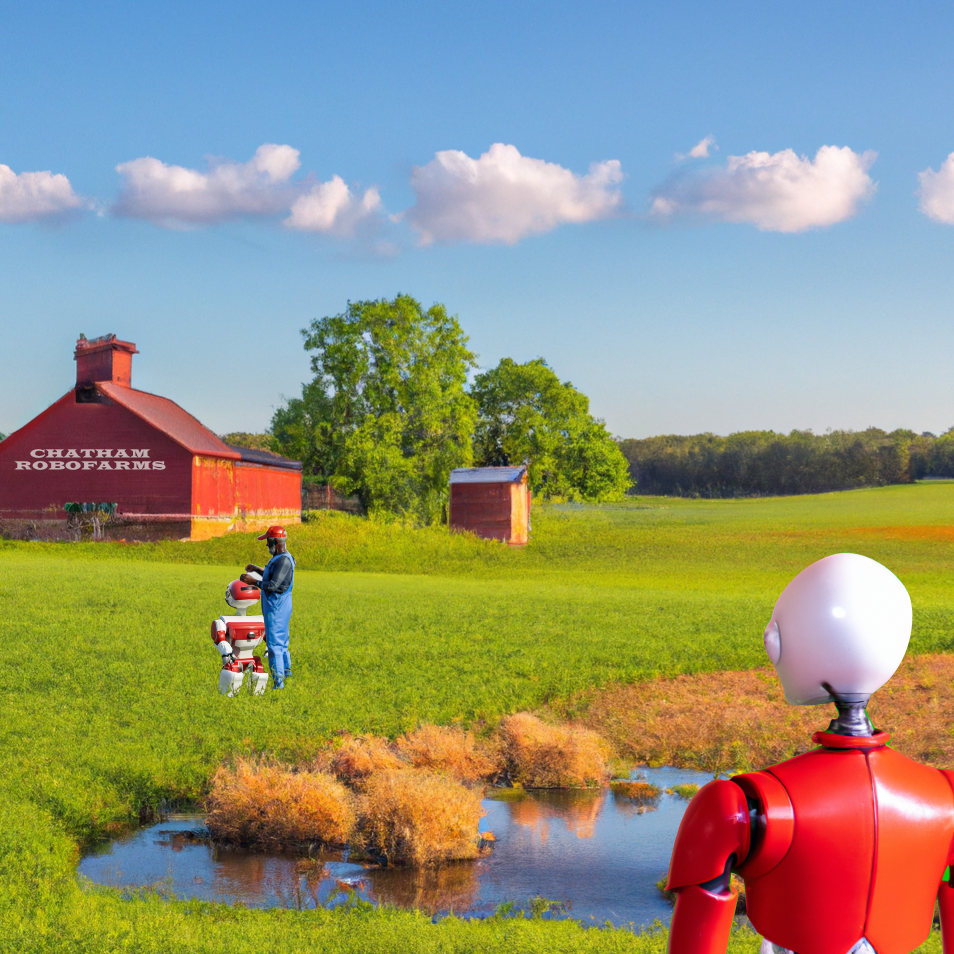Entrepreneurs and creators work hard to generate ideas. How can they protect them?
An Intellectual Property is an idea or concept that has value to an owner. Protecting it adds value by making it difficult or expensive for someone else to benefit from your idea. Our country thought this was so important that the Constitution includes this in Article 1. Intellectual property laws encourage innovation by allowing inventors to benefit and by making those ideas public to benefit everyone after some time. Most creators license their protected works to others.
We were lucky to get a short lesson on intellectual property from Kevin Flynn, a Patent Attorney in Chatham. He told many wonderful stories with great examples. Here is the video (below), courtesy of Gene Galin of the Chatham Journal:
Kevin taught five ways to protect intellectual property, depending on the type of property:
Utility Patent: Protects ideas that are novel and non-obvious. They must teach how to make the product. Getting a patent requires research into patent applications (not just market research) and creating a proposal to the patent office. The process is time-consuming and expensive (10s of $thousands+). It protects you against the dishonest but also against innocent infringers that might invent a similar product to yours. A utility patent protects an invention for about 17 years.
Design Patent: Protects the ornamental aspects of a product. Prevents look-alike clones. Also, it sounds impressive to have a patent. These are relatively easy to get and are very common. Design patents can be used to protect icons, startup animations, and other ornamental aspects of software.
Copyright: Protects the expression of an idea. So copyright protects a book about woodworking and a particular painting of mountains. However, these copyrights do not protect the ideas about woodworking written in the book, nor the idea of painting a picture of mountains. Copyright protects books, music, web content, etc. Also, it prevents casual copying of computer software (but does not protect the methods used). Copyrights last the lifetime of the author plus 70 years. Copyright is automatic when something is expressed. Can also get Federal Registration.
Trademark: Protects a name or recognizable marker that says a good or service comes from a particular source. These exist in ‘islands’ of consumer interest. For example, ‘Delta’ is an airline and a maker of kitchen and bathroom fixtures. They can be a name, a product, a slogan, a shape, a color, a sound, etc. Trademarks can last forever if they are policed. Trademarks should be adjectives and not nouns. So, Kodak® film and Minute Maid® orange juice are successful trademarks, but Kleenex and ping pong ball became public domain nouns.
Trade Secret: Protects ideas if they are kept secret. Trade secrets are not useful if the secret can be reverse-engineered easily. Some products are naturally easier to reverse-engineer than others. Trade secrets do not protect if someone else manages to create a similar product innocently or not; the second creator may be granted a patent. A trade secret can protect forever, theoretically.
Here are Kevin’s Slides from the presentation.



